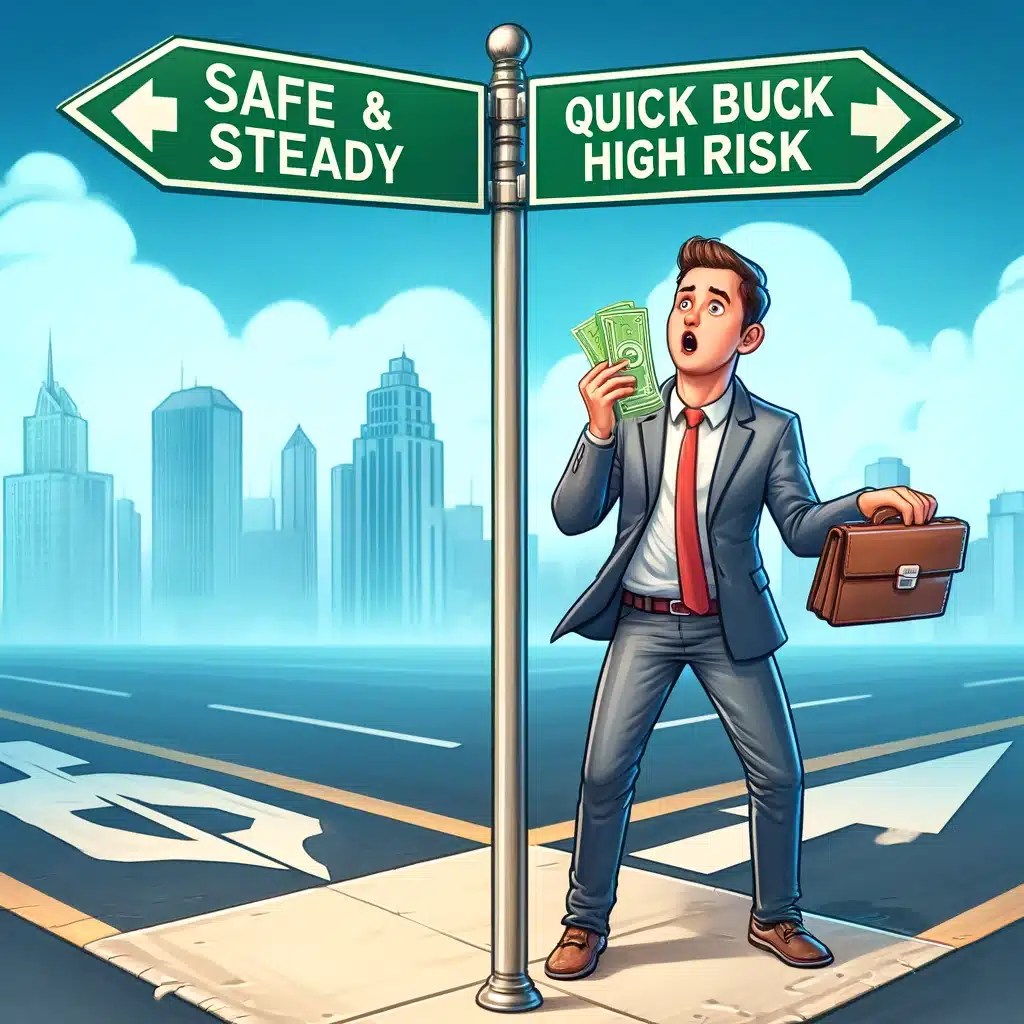What Are The Differences Between Staking and Re-staking?
Staking in the cryptocurrency world is a process where cryptocurrency holders “lock up” their assets in a blockchain network to support the network’s operations and security. This involves participating in...

Staking in the cryptocurrency world is a process where cryptocurrency holders “lock up” their assets in a blockchain network to support the network’s operations and security. This involves participating in the consensus mechanism of the network, typically a Proof-of-Stake (PoS) system. In return for staking their assets, participants receive rewards, usually in the form of additional cryptocurrency.
And then comes re-staking… but first let’s have a look at how both work.
How Staking Works:
- Locking Up Tokens: Participants lock up a certain amount of their cryptocurrency tokens in a wallet to become validators in the network.
- Validating Transactions: Stakers help validate and confirm transactions on the blockchain. This process ensures the integrity and security of the network.
- Earning Rewards: In exchange for their participation, stakers earn rewards, typically in the form of additional cryptocurrency. These rewards are often proportional to the amount of crypto staked and the duration it is locked up.
Benefits:
- Earning Passive Income: Staking allows cryptocurrency holders to earn rewards without needing to sell their holdings, generating passive income.
- Supporting the Network: By staking, participants help maintain and secure the blockchain network, contributing to its overall health and stability.
- Lower Energy Consumption: PoS and staking are generally more energy-efficient compared to Proof-of-Work (PoW) systems like Bitcoin mining, which require substantial computational power and energy.
Risks:
- Lock-Up Periods: Staked tokens are often locked up for a specific period, during which they cannot be traded or sold, Cardano’s ADA being one of the exceptions. This lack of liquidity can be a disadvantage if the market fluctuates.
- Market Volatility: The value of staked tokens can decrease due to market volatility, potentially leading to losses even if staking rewards are earned.
- Validator Risks: If a validator misbehaves or fails to properly validate transactions, they can be penalized, resulting in a loss of some or all of the staked tokens. This process is known as “slashing.”
Example of Platforms:
- Ethereum 2.0: As one of the most well-known examples, Ethereum is transitioning from a PoW to a PoS system, allowing users to stake their ETH to become validators and earn rewards.
- Cardano: Cardano uses a PoS system called Ouroboros, where users can stake ADA tokens and earn rewards for helping secure the network.
- Polkadot: Polkadot allows users to stake DOT tokens to participate in the network’s consensus mechanism and earn rewards.
Re-staking Is By Far Riskier Than Staking
Re-staking refers to the practice of taking tokens earned from initial staking activities and staking them again in different blockchain-based applications to potentially earn higher yields. This approach is gaining popularity as traders seek bigger returns amid rising crypto prices.
As usual with higher possible returns in finances, also re-staking comes with significant risks, particularly related to market stability and regulatory uncertainty. Let’s check why.
Benefits of Re-staking:
- Higher Yields: By staking newly created tokens (earned from initial staking), investors can earn multiple layers of rewards, potentially increasing their overall returns beyond the typical 3%-5% range from traditional staking on blockchains like Ethereum.
- Increased Liquidity Options: Re-staking platforms allow users to re-stake their tokens across various applications, providing more avenues for generating returns without needing to sell their original holdings.
- Innovation in DeFi: Re-staking is part of the broader decentralized finance (DeFi) movement, which aims to create new financial opportunities using blockchain technology, promoting a more inclusive financial ecosystem.
Risks of Re-staking:
- Increased Complexity and Risk: Re-staking introduces additional layers of complexity and risk. If re-staked tokens are used as collateral in lending markets, it can create a loop of borrowing and staking that is precariously balanced on a small base of assets. This could lead to destabilization if there is a sudden rush to exit these positions.
- Regulatory Concerns: The nascent nature of re-staking platforms means regulatory clarity is lacking. There’s a risk of sudden regulatory changes that could impact these platforms and the assets staked on them.
- Market Volatility: In the event of market downturns, the use of re-staked tokens as collateral could lead to forced liquidations, exacerbating volatility and leading to significant losses.
- Speculative Nature: Much of the growth in re-staking has been driven by speculative interest in potential future rewards and airdrops, which may not materialize, leaving investors exposed to significant risks.
EigenLayer, a key player in the re-staking space, has seen rapid growth, attracting substantial investment and user interest. However, the platform’s complexity and the speculative nature of the rewards system show the need for careful consideration of the risks involved.
While both staking and re-staking offer opportunities for earning returns, re-staking involves higher complexity and risk, along with the potential for greater rewards. Participants should carefully consider these factors before engaging in either activity.
Continue Reading
Delegate Your Voting Power to FEED DRep in Cardano Governance.
DRep ID: drep12ukt4ctzmtf6l5rj76cddgf3dvuy0lfz7uky08jfvgr9ugaapz4 | We are driven to register as a DRep by our deep dedication to the Cardano ecosystem and our aspiration to take an active role in its development, ensuring that its progress stays true to the principles of decentralization, security, and community empowerment.DELEGATE VOTING POWER!








